The ideal situation is having a three to six-month emergency fund, something that could cover all of your essential bills if it took you up to half a year to find a new job after being laid off.
The size of this emergency fund is thus a personal decision, taking into account the size of your mortgage/rent, grocery bills, utility bills and bills you won’t cut if you lost your job.
Here are a few options for raising cash in an emergency, whether it is a broken furnace or extended stint in unemployment.
Table of Contents
Savings

This is the best way to pay for emergency expenses, whether it is unplanned medical bills, home repairs or traveling to a funeral. You have full control over the money and how it is spent.
You can access it immediately, as long as you didn’t invest the money in CDs or stocks. You won’t get much interest on the money if it is sitting in a savings account, but this more than offsets the interest you’d pay if you had to borrow a similar amount to pay for unplanned expenses.
There are several problems with relying on savings for emergencies. You may not have enough money saved. You may be unwilling to use all of your savings to pay for an expense you can borrow for, when you may be hit with something you can’t borrow to cover.
A classic case is borrowing money for major home repairs or medical bills, when you want to hold onto cash to pay for any new bills that may appear. Then you know you have the cash to pay the mortgage if you’re unable to return to work as soon as you hoped or something else is found to be wrong with the house. Or the bills may simply keep piling up after your savings run out.
Personal Loans
Personal loans are those you can get from family, friends and even social networks. This approach forces you to reveal your personal financial situation to others. This invites their criticism of your spending decisions. It also requires having peers willing and able to loan money to you.
They may want to help but can’t offer financial support. In the case of online requests, it may take days or weeks for a funding request to be met, if it generates money at all. On the other hand, a personal loan through various online platforms may allow you to tap into a much larger network than your immediate friends and family.
Payday Loans
Payday loans are best seen as short-term loans of last resort. They’re one of the few real bad credit loans out there. You know what the interest rate and associated fees will be, and you can shop around. You can even apply for a new installment loan with bad credit, because the debt is secured by your paycheck, not your perceived creditworthiness.
Payday loans come with hefty fees and high interest, because lenders are often not repaid. The costs compound if you don’t pay off the loan. This is why you should not take out a payday loan unless you’re certain you can pay it off with your next pay check. Do not try to rely on bank “float”. If the post-dated check you give them to pay off the debt bounces, they can hit you with bounced check fees or prosecute you for writing bad checks.

Know that they will hit the account as soon as possible, so don’t write multiple checks or pay several bills from the account that day. It is your responsibility to ensure that there is enough money in the account to pay off the debt.
Another issue with payday loans is their size. They are limited in size by state and local laws. They’re also limited by how much money you earn. This is why you may only be allowed to borrow 500 dollars from a payday lender though they are in theory allowed to offer up to 2,000 dollars.
Credit Cards
Credit cards are a reasonable way to pay for unexpected expenses, assuming you already have one when the issue comes up. It is only an option if you have enough credit on the card to cover the bill. If so, you can simply let them charge the card and take your newly repaired car home. Or you can pay the medical bills and go home, knowing you won’t have to worry about repayment until the monthly statement arrives in the mail. You’re free to pay off the debt faster by paying more than the minimum payment, if you have the money.
Credit card debt comes with a relatively high interest rate, though this is lower than payday loans. This is partially due to the fact that the debt is unsecured. They can’t take the clothes out of your closet or the electronics in the living room if you don’t pay the monthly payment. On the other hand, the debt can compound. And you may continue to add to it with meals out or ongoing subscriptions that prevent you from paying it off.
Credit cards rarely come with additional fees. We’d recommend against trying to transfer balances from card to card to keep the interest rate low. This can hurt your credit score, and one mistake can cause you to be hit with unexpectedly high interest payments. Just focus on paying off the debt.
Secured Loans
Secured loans are secured by a piece of property. That results in a lower interest rate. This secured property could be your car, if you’ve applied for a title loan. It could also be your home, whether you took out a home equity line of credit or second mortgage. Depending on the type of secured loan, you might get the money in a few hours.
The amount of money you can borrow depends on the value of the asset. However, this type of loan comes with the risk of losing the asset. For example, the title loan place may say you can drive the car while raising money to pay off the loan, but they can take the car if you cannot pay it off. Don’t offer something as collateral you can’t afford to lose.
Yet this may not even be an option if you don’t have anything of value. On the flip-side , if you are willing to part with it, you may be better off selling the item than borrowing against it.



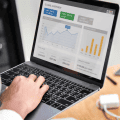

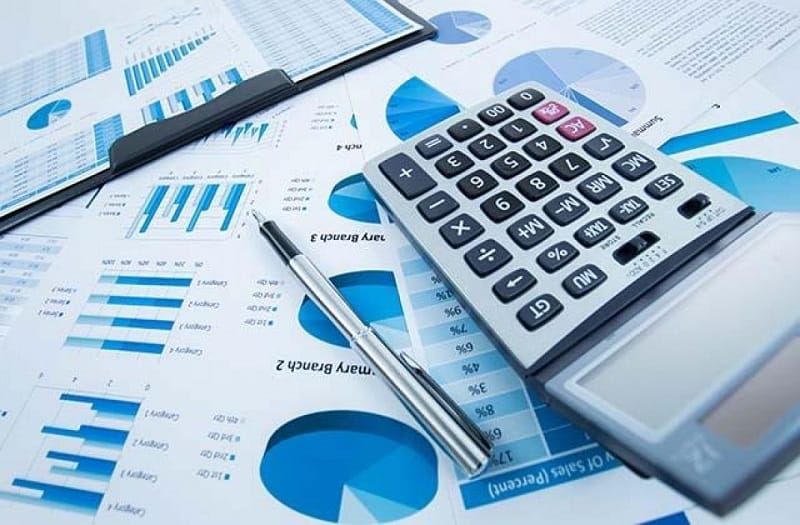


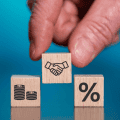

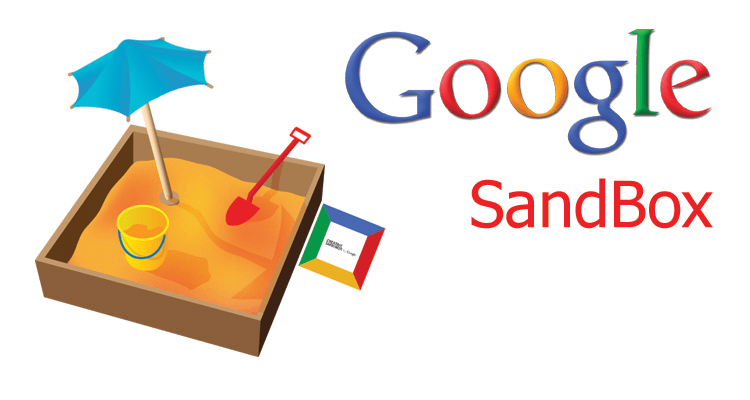
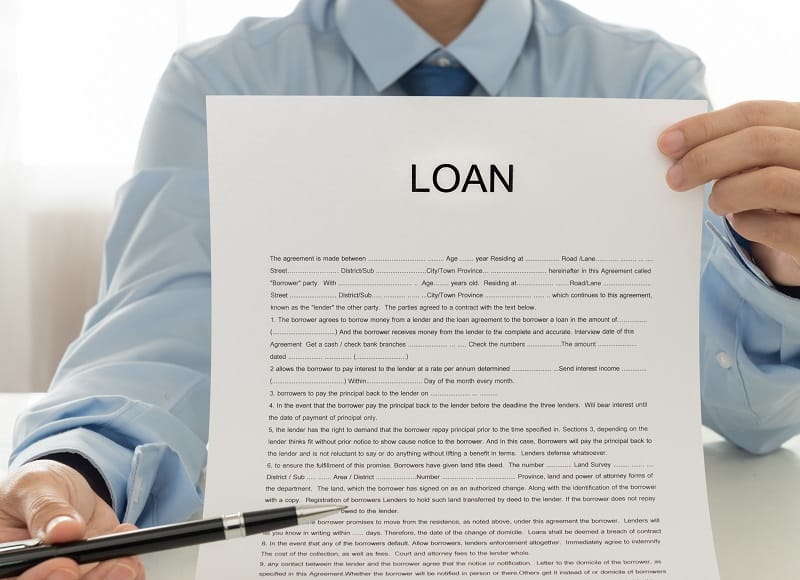













Nice article. Though payday loans are easy to access and involve less procedural complexities, I think they are a bit expensive leading to trapping us in a debt cycle.
When you don’t have a lot of money, having a credit card is something that could help you a lot, but of course, you need to be very cautious when using it